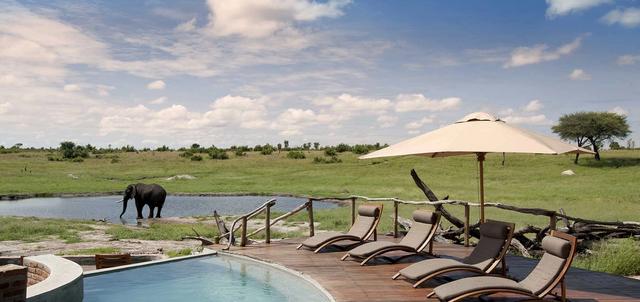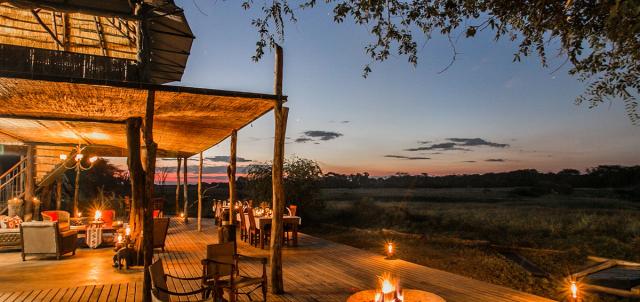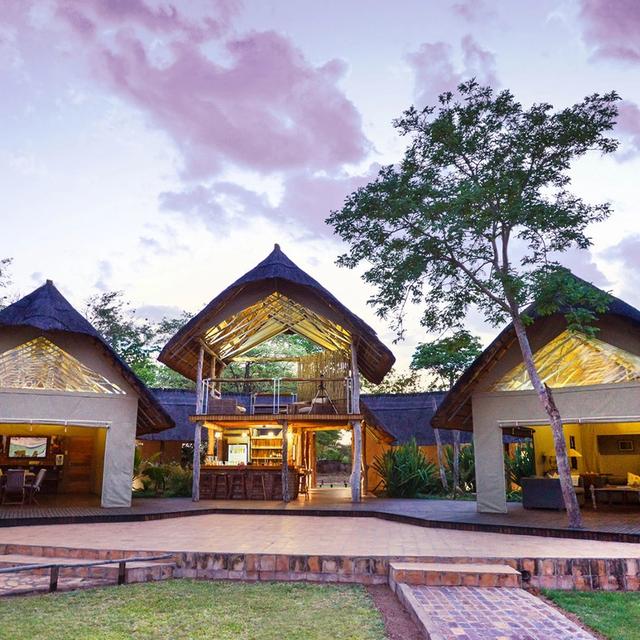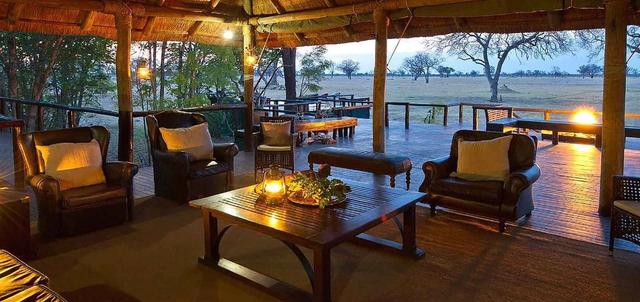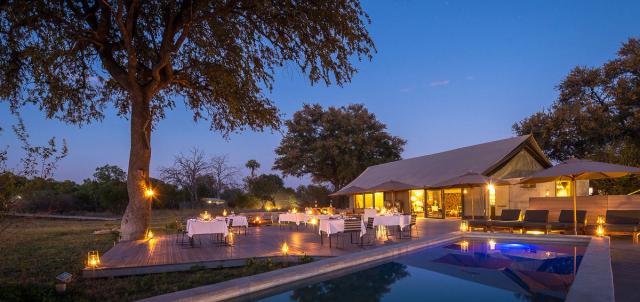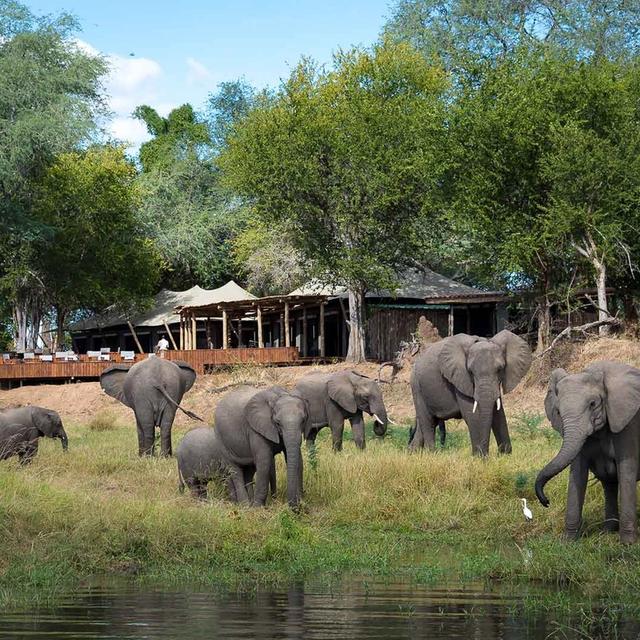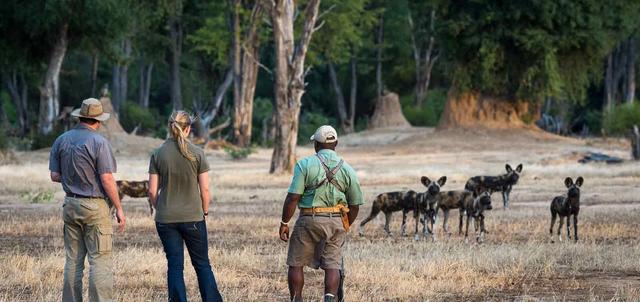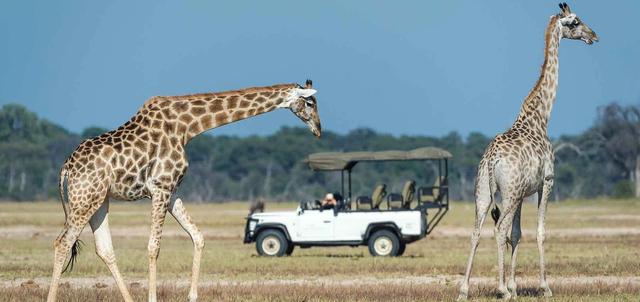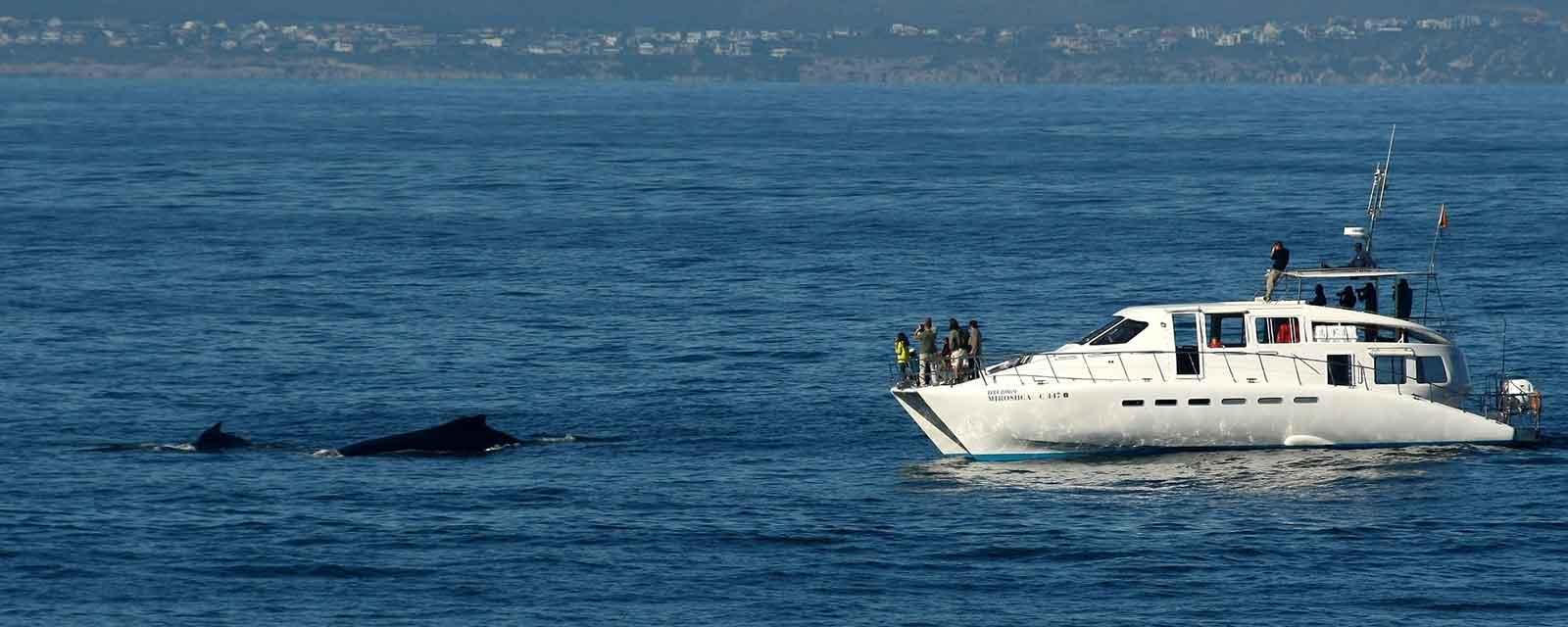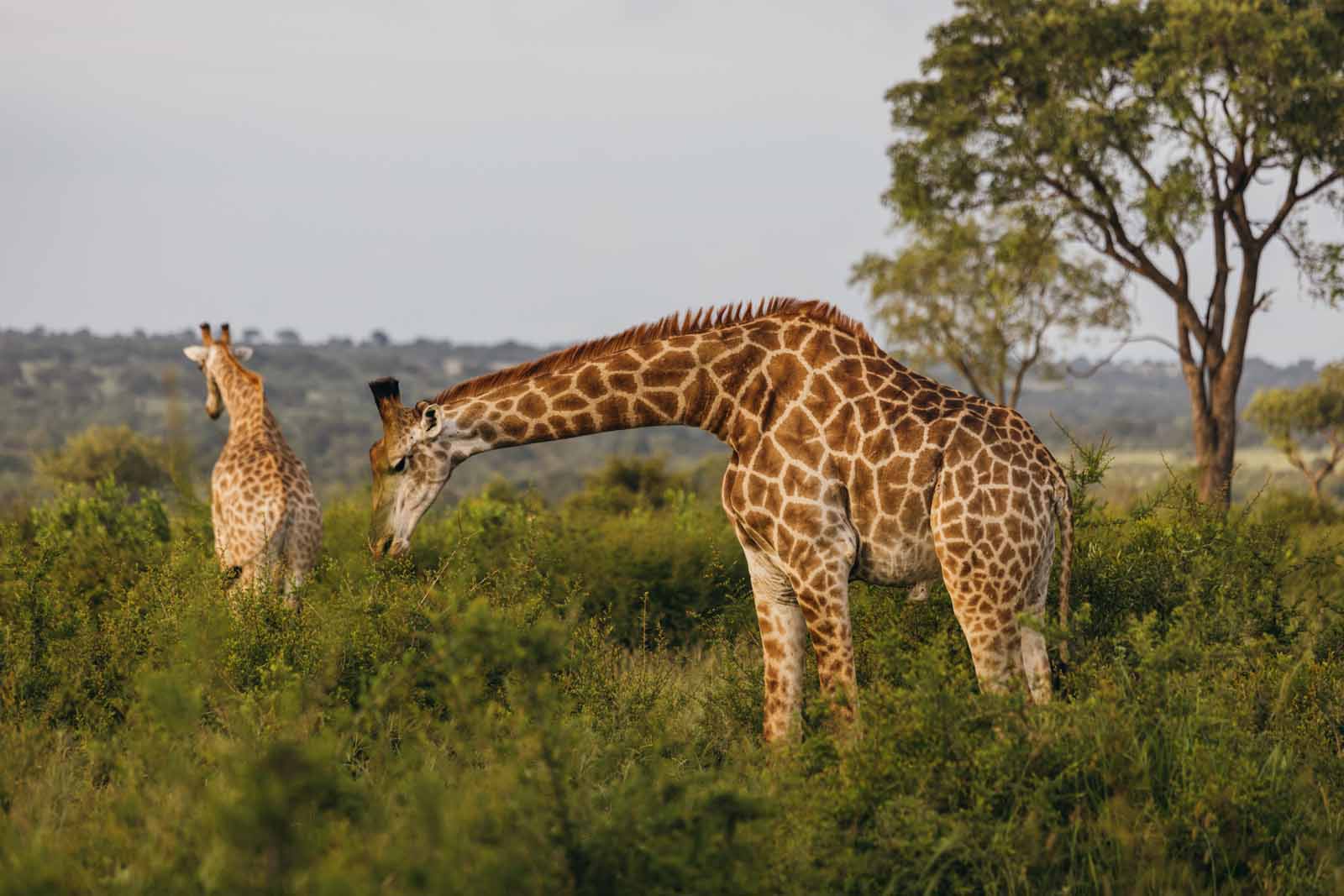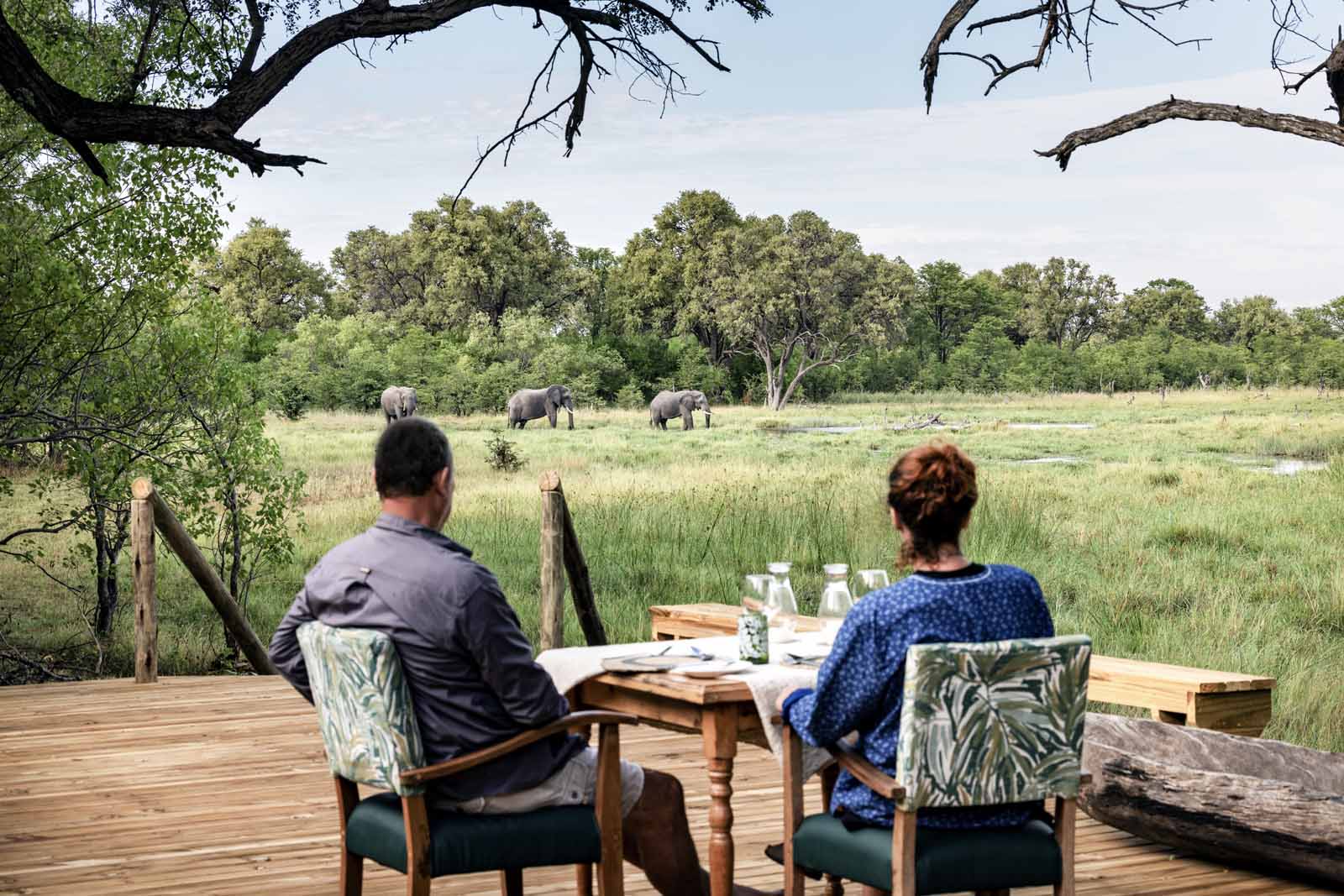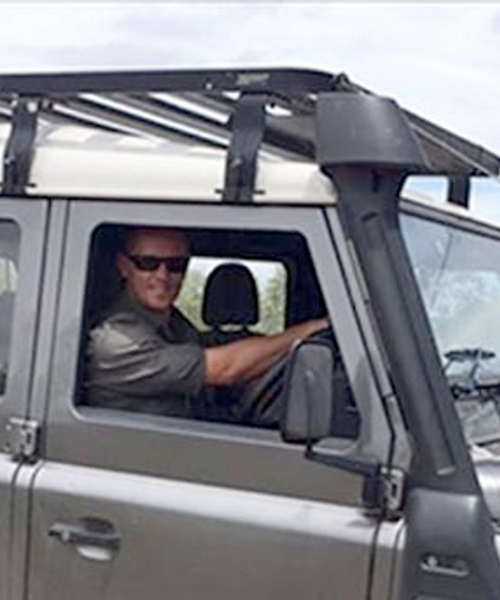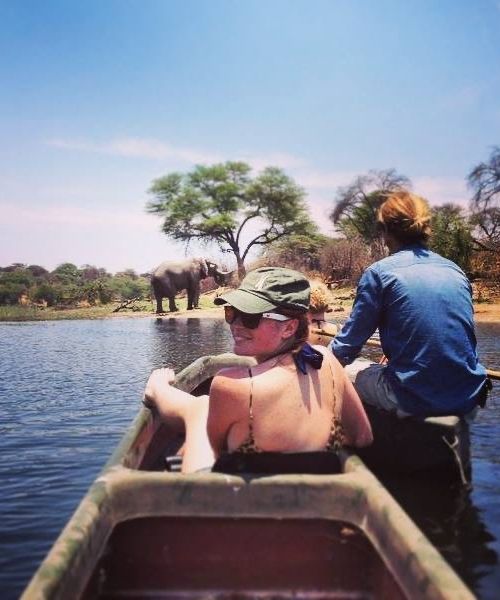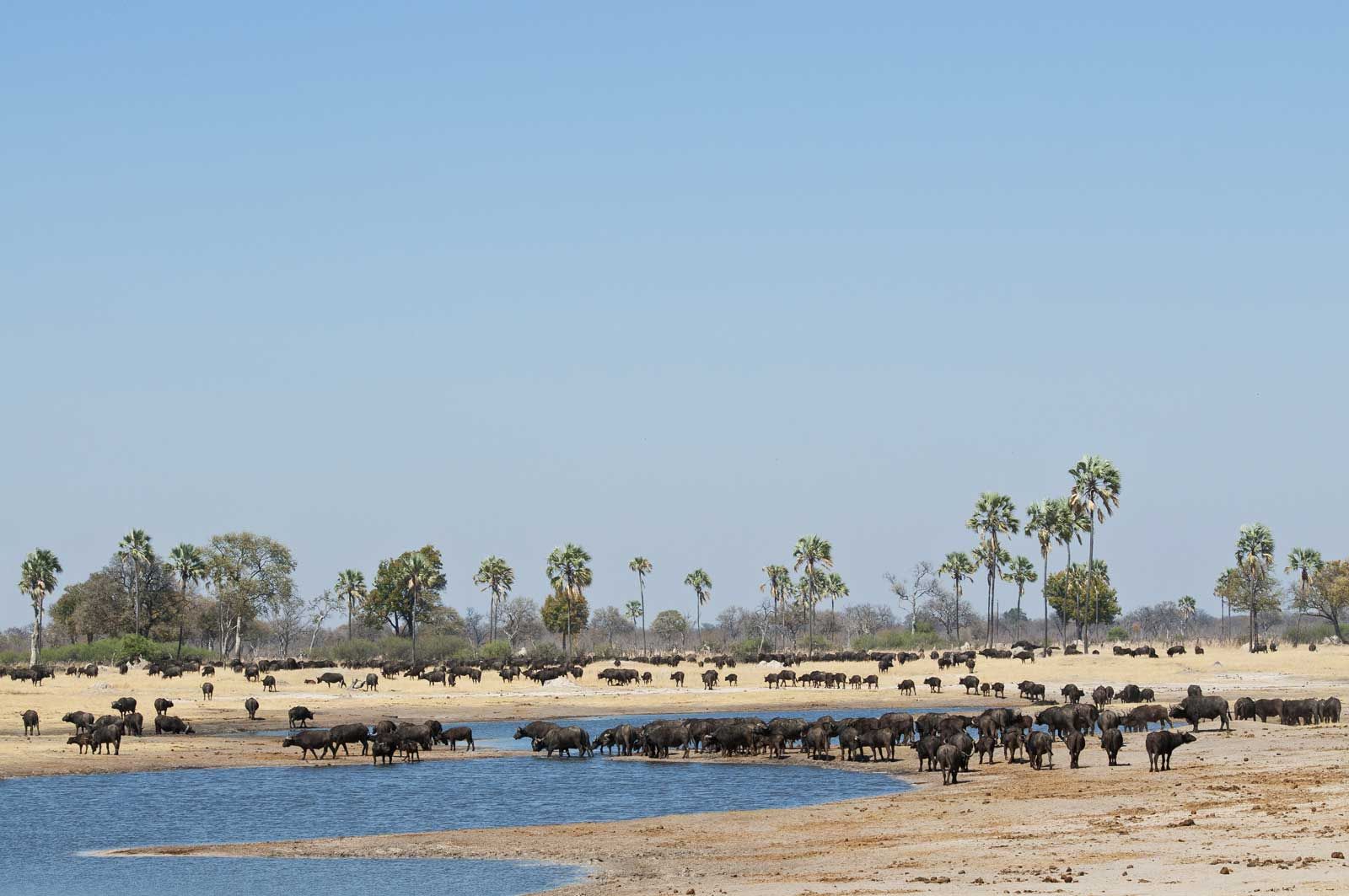
Tom's Safari House
Tom's Safari House is a new establishment that was recently opened in celebration of The Hide Safari Camp’s 20th Anniversary. Run by the same owners, this accommodation option is family-friendly and operates on an exclusive basis for the privacy of groups.
Tom's Safari House Highlights
In honour of Tom Preston and in celebrating The Hide’s 20th Anniversary, Tom’s Safari House has been developed and is now available for the exclusive use of safari enthusiasts or for families travelling with young children. Set in Zimbabwe’s wild and glorious Hwange National Park, the camp is building a reputation as a sublime safari destination. Tom’s House has its own private dining, lounge and entertainment area, plunge pool, private guide and private vehicle. The house was named in honour of the late Tom Preston who built The Hide. It is set in a great location with superb views over the waterhole and ancient elephant paths are close by.
On special request and subject to availability Tom’s House can be booked in conjunction with The Hide to cater for groups larger than 20 people.
- New establishment from the owners of The Hide.
- A great location with superb views over the waterhole.
- Ancient elephant paths are close by.
- Booking the camp comes complete with a private guide, dedicated vehicle and personal butler.
Tom's Safari House Game Viewing and Activities
Hwange is Zimbabwe’s largest national park, accounting for an area of 14,651km2. A haven for over 100 mammal and 400 bird species, the park protects populations of all of Zimbabwe’s endangered species; elephants numbering in excess of 20,000 (up from around 4,000 when the park was proclaimed), and what is thought to be one of the largest populations of African wild dog left in the world. Large prides of lion and buffalo are frequently seen here and you have a good chance of spotting leopard and rhino in addition to cheetah and spotted hyena. The wild and woolly brown hyena also occurs here and is something of a rarity. A significant feature of Hwange is the absence of permanent surface water. Animals rely heavily on a series of waterholes, many of which dry up completely during drought years. A number of these waterholes are now maintained throughout the year, thereby ensuring the livelihoods of thousands of animals, and excellent game viewing as wildlife congregates at these points.

